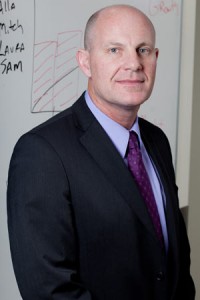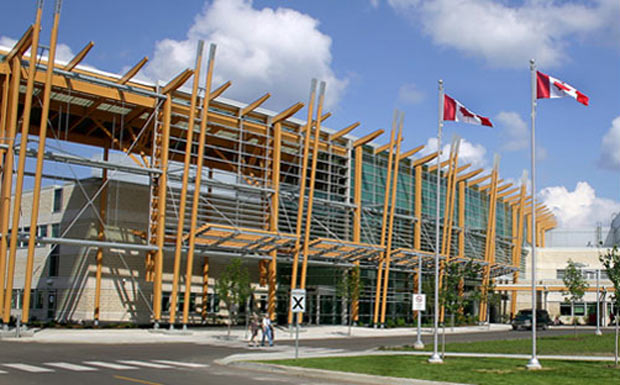
THUNDER BAY – Business – The most important aspect of research at the Thunder Bay Regional Research Institute is how it benefits patient care, today as well as tomorrow. But its economic impact provides huge benefits to Northwestern Ontario as well. To date, the TBRRI has recruited 14 scientists, hired over 100 staff, provided part-time positions for over 50 students, and generated over $100 million in economic activity.
The TBRRI’s new Strategic Plan 2012-2016, unveiled this past fall, is a roadmap for even greater success, listing “Economic Growth and Sustainability” as one of its major goals.
Sustainability is especially important since, without a sustainable research centre model, we’ll lose all the patient care benefits research brings.
“The TBRRI motto is ‘Bringing Discovery to Life’ – that’s what commercialization is all about,” said Scott Gillis, Director of Business Development and Commercialization at TBRRI. “Commercialization will help make our research discoveries profitable and ensure that the research facility is sustainable and ultimately will fuel the economy in Northwestern Ontario.”
[sws_pullquote_right] Scott Gillis, Director of Business Development and Commercialization “A focus on commercialization will fuel the economy in Northwestern Ontario” [/sws_pullquote_right]
“Fuelling the economy” could be through added positions at the TBRRI or through new companies that form during commercialization.
“By taking discoveries and leading them into business ventures, that will create jobs here in Northwestern Ontario,” said Dr. Michael Wood, CEO of the TBRRI and VP of Research for the Health Sciences Centre.
Iain Angus, who sits on Thunder Bay Council and attended the Strategic Plan unveiling representing Mayor Keith Hobbs, compared what is happening in Thunder Bay right now to similar economic growth in Minnesota.
“The foundation of Medical Alley was one invention by the University of Minnesota in the field of heart disease and heart repairs that then triggered what is now a multi-billion industry,” Angus said. “We’re growing in medical commerce, we’re growing in medical research, and that will continue to happen and will ensure that we move from being a resource-based community to a truly knowledge-based community.”
What’s more, Bill Mauro, MPP for Thunder Bay-Atikokan who also attended the unveiling of TBRRI’s Strategic Plan, said that a knowledge-based economy could help in another significant way: slowing the youth migration from Thunder Bay.
“What is occurring at TBRRI is the ability for some of our youngest and some of our brightest to find opportunity in Thunder Bay, and not have to leave our community to pursue their dreams. TBRRI is one of the ways that some of that youth out migration can be significantly lessened,” Mauro said.
For the first time in the history of the area, our youth can be born here, go to medical or graduate school, and work at a world-class research lab without ever having to leave Thunder Bay.
Growth is a slow process, but there are several TBRRI research projects that are on the verge of commercialization. One of the closest is X-ray Light Valve (XLV) system developed by the TBRRI Founding Scientific Director, Dr. John Rowlands. This new imaging system will be at the heart of a new mammography unit that will make breast screening technology less expensive and therefore more accessible in emerging countries like India and China. Considering that the medical device market in India alone is expected to reach $11 billion within 10 years, this technology has great commercialization potential.
That’s one of the possible products that could reach markets around the world, bringing jobs and economic benefits right here to Thunder Bay, and ultimately fuelling even more research in the future.






